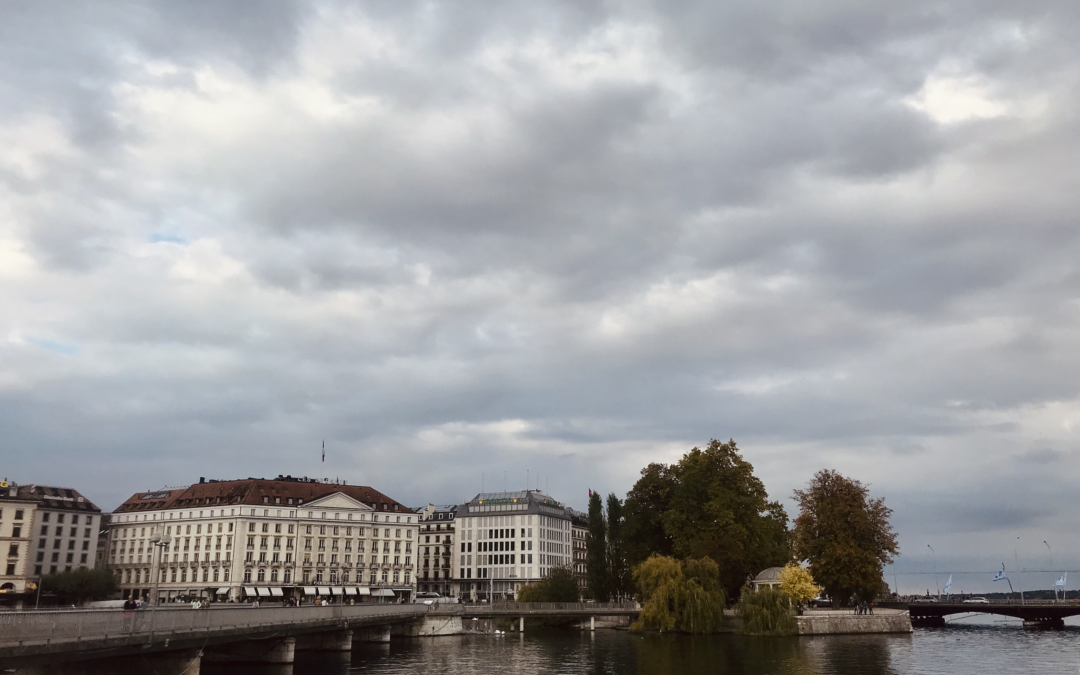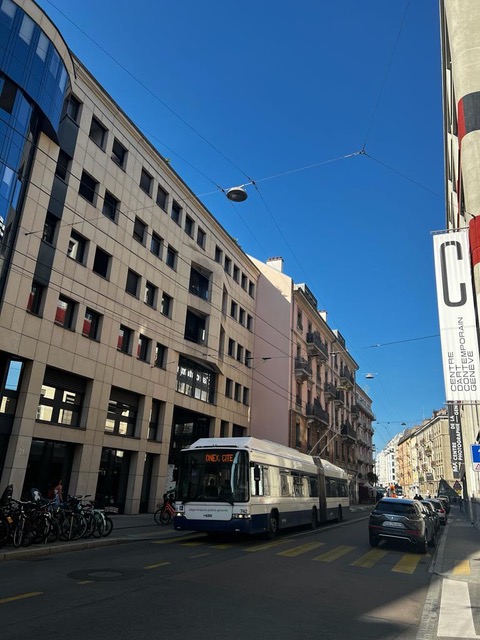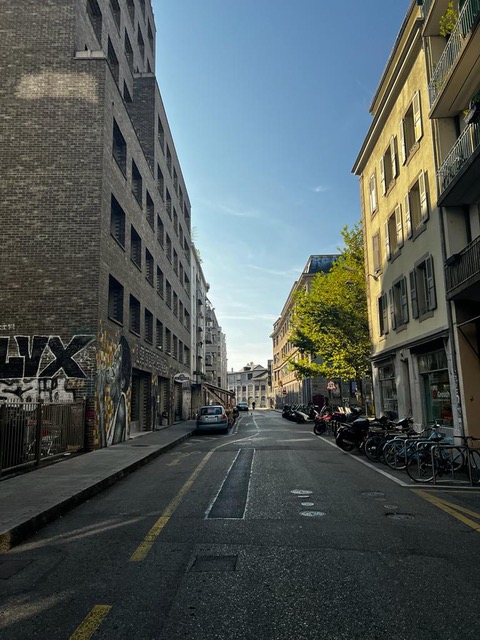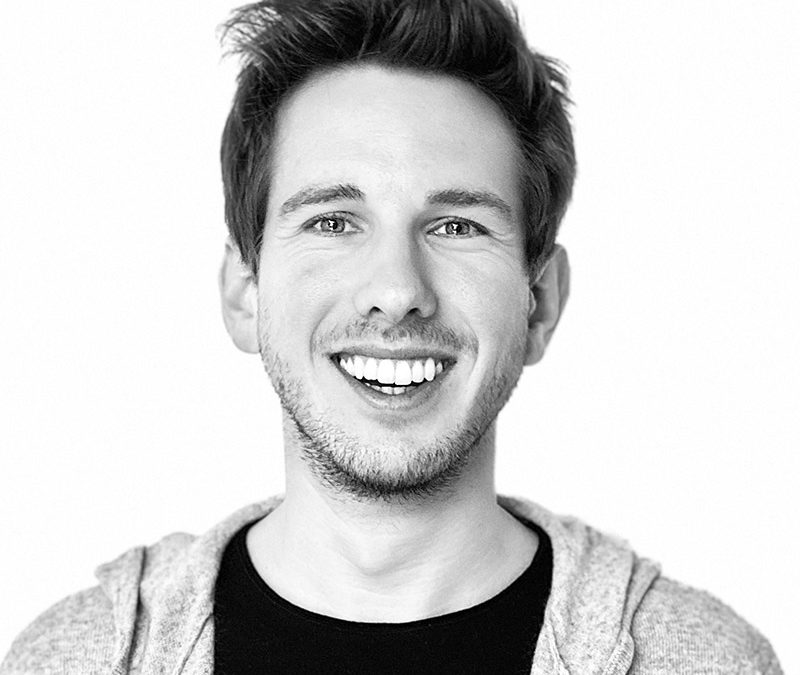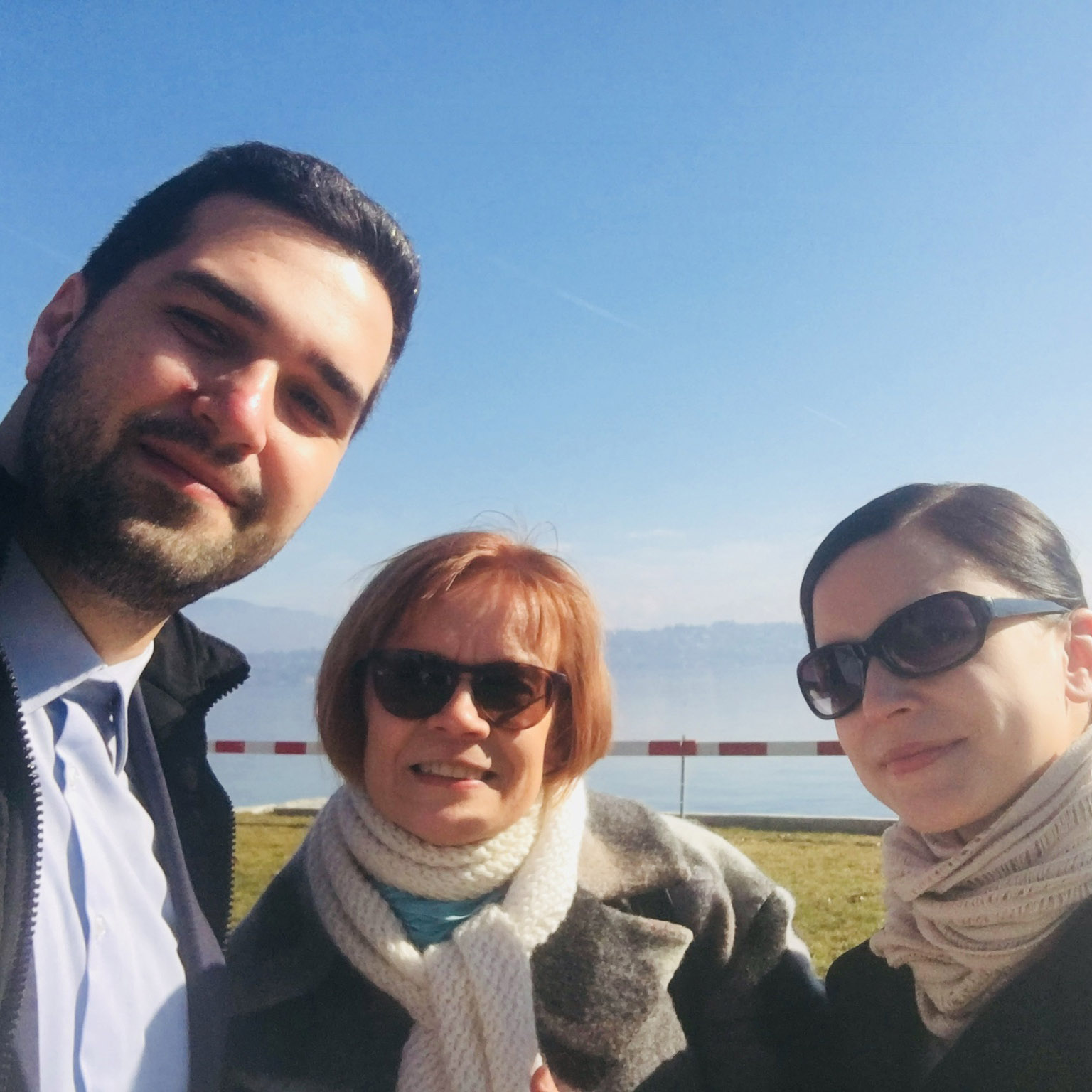Paquis is a very multicultural area, there are lots of shawarma and kebab spots, the prices are reasonable and the overall feeling is as if it is Geneva’s “Chinatown” except full of Mediterranean culture. On the other hand, this district is the most dangerous in the evenings and is the red-light district which may be off-putting for some students. Despite this fact, it may still be enticing for those who want good quality shawarma and a taste of culture.
Lancy Pont Rouge isn’t a spot one would expect to hear about, it isn’t a spot for shopping or sightseeing but rather parks, offices, and retirement homes. Schools and housing. Its very business and attention to detail on the streets makes me personally think of Zug – a small town right in the heart of Switzerland, being home to EV Aug and fostering lots of business around it such as Johnson & Johnson and Siemens.
How to get to each spot/cost to go there: If you want to travel to Gare Cornavin, Lancy-Pont Rouge, Balexart, Plainpalais, and Paquis the steps to get to each location are super easy. The price to get to one of the previously mentioned destinations depends on your starting point and the form of transportation you will be taking. To access the prices and transportation availability you can check them online using the tpg or SBB mobile app, or by reading the hard copy bus schedule and prices at each station, however, they usually vary from 3-10chf depending on the distance. A super money saver for students is to get a tpg Geneva area card to travel endlessly around Geneva, purchase a halbtax pass which allows you to pay half price for the whole year starting at 150, or buy a GA if you have lots of free time on weekends and have time to take a trip to Bern, Zurich, St Gallen and maybe Ticino & Lugano.


